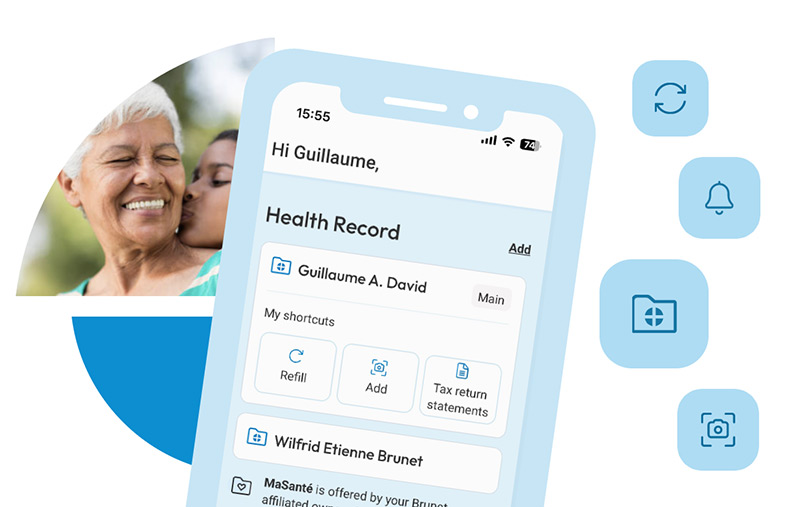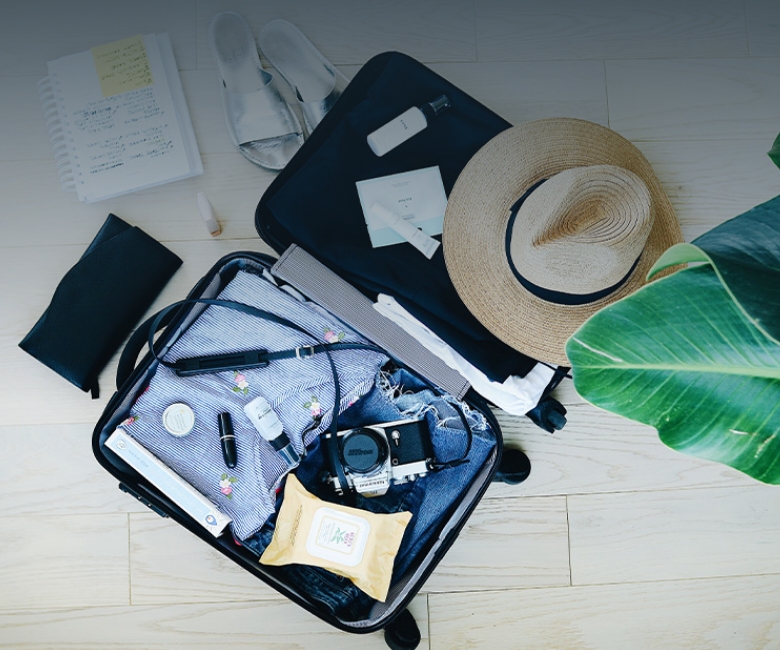Here are some tips to keep in mind if you take medication regularly:
- Before leaving, make sure you have enough medication to last you the entire trip.
- Factor in medication for a few extra days to cover any unexpected situations.
- Bring along a list of all your medication you will be able to share with local health professionals if needed.
- During travel, pack your medication in your handbag or carry on, and be sure to leave them in their original duly-labeled container.
- Clearly label your medication. Although prescription drugs are exempted from the liquid restrictions, you still need to show them to the customs officer, and labelling them facilitates the customs screening process!
Your pharmacist is your go-to for advice on labelling, storing and regulations pertaining to your medication. Talk to your pharmacist before you travel!
Prescription narcotics, controlled and targeted substances
Certain drugs used to treat pain, attention deficit disorder or sleep disorders are subject to different monitoring regulations than other medication. Generally, you are permitted to travel with a 30-day supply of prescription narcotics and controlled substances, and a 90-day supply of targeted substances (e.g. benzodiazepines). Some drugs that are readily used in Canada may be considered illegal in other countries. We strongly recommend contacting the foreign government office in Canada of the country you plan to visit to confirm the status of your medication as well as importation and exportation regulations to avoid surprises at customs.
Refrigerated medication
Some drugs require cold storage to ensure their stability and effectiveness. Prior to leaving, talk to your pharmacist about the stability requirements of your refrigerated medication. Room temperature may influence the stability of some of your medication without necessarily compromising their suitability for travel purposes. But should your medication require cold storage, get a cooler bag or cooling devices. Ask your carrier about the conditions onboard. Several carriers may provide cooling equipment or allow you to store your medication in a refrigerated environment during transit.
Rescue medication
Serious allergies, respiratory issues, cardiac symptoms and hypoglycemia are all conditions that can be managed with rescue medication. Be sure to always have your rescue medication with you. Tell your travelling companions and your carrier’s crewmembers where you keep it and how to use it. Be prepared and pack extra medication.
Sharp objects
If travelling with medication requiring auto-injectors, syringes or needles, be sure to carry a copy of the original prescription and a medical certificate outlining the reason for the use of these products. Contact your carrier to confirm their policies and procedures regarding the presence of these products onboard. Remember to pack a biomedical waste container for the safe disposal of your needles and syringes.
Medical devices
Mobility aids, ostomy supplies, insulin pumps and other medical devices are not subject to baggage allowance restrictions. Always carry documents that support your medical condition.
Travelling and pregnancy
Travelling while pregnant requires having to consider some extra factors. Pregnant women are at an increased risk of contracting infections or developing complications that could affect the baby.
- Before travelling, consult your doctor to ascertain the risks associated with your destination or the type of trip you’re planning.
- If flying, check with your airline, as most airlines restrict travel in late pregnancy. Pregnant women have a higher risk of experiencing poor blood flow or developing blood clots during a flight. The use of compression stockings is recommended to limit the effects of altitude on blood flow.
- Also, contact your personal insurance provider about your medical coverage abroad in the event of obstetric complications or a premature delivery.
Talk to your pharmacist about the medication you need to pack. They will make sure the medication is compatible with your pregnancy and personal characteristics.



